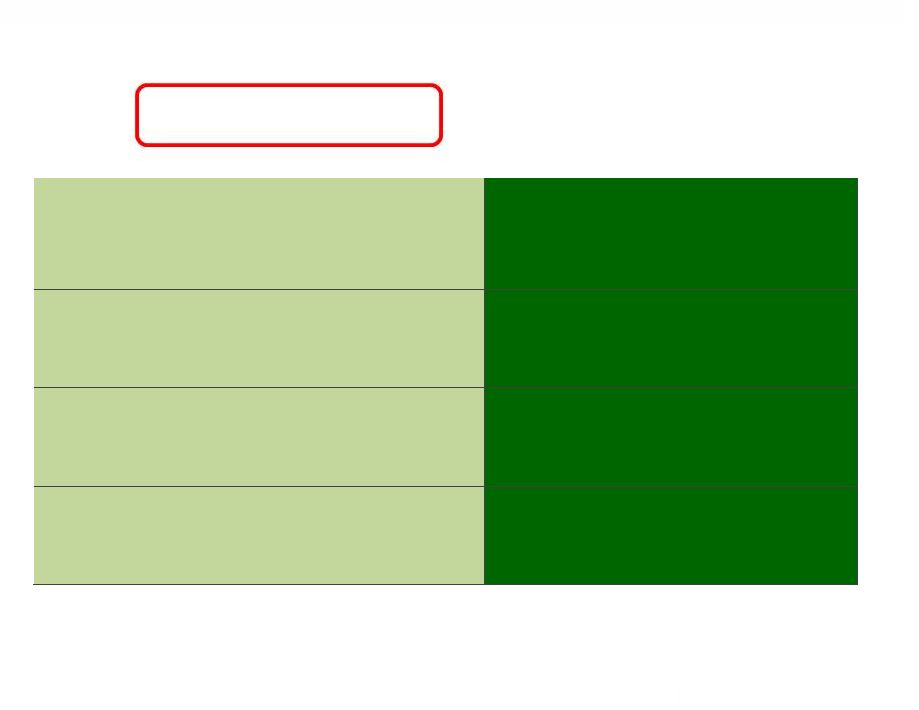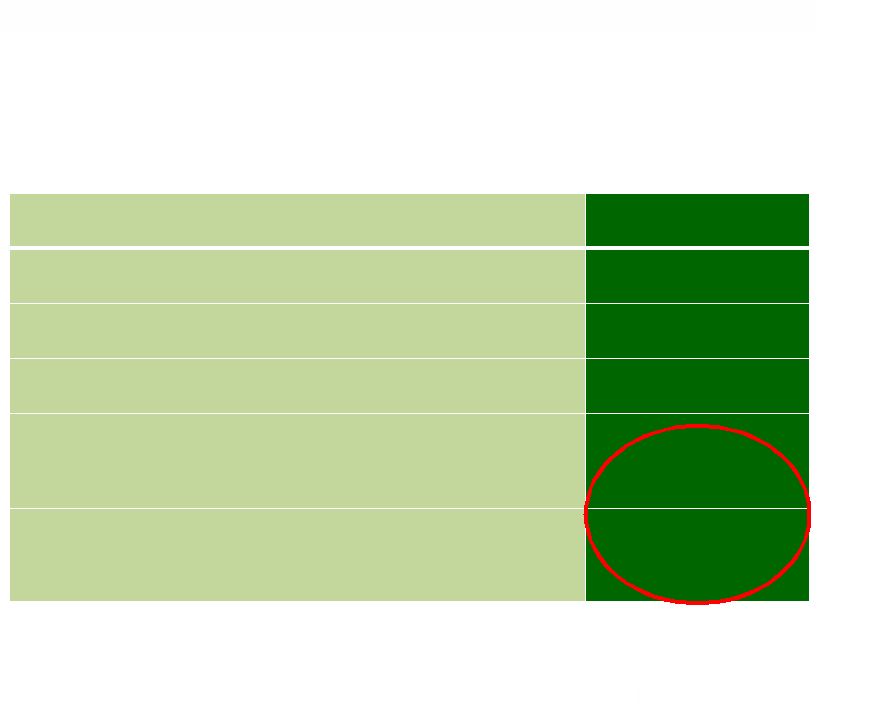Attached files
| file | filename |
|---|---|
| EX-99.1 - EX-99.1 - BARD C R INC /NJ/ | d944259dex991.htm |
| 8-K - FORM 8-K - BARD C R INC /NJ/ | d944259d8k.htm |
 Lutonix
Global Real World SFA Registry -
Interim Results & First Look at LEVANT 2 24 Month Results Chad Laurich, MD Vascular Physician & Surgeon Sanford Health Sioux Falls, South Dakota Exhibit 99.2 |
 Disclosures/Disclaimers • The speaker’s presentation today is on behalf of Lutonix, Inc. Any discussion regarding Bard products during the presentation today is
limited to information that is consistent with the Bard labeling for
those products. Please consult Bard product labels and inserts for
any indications, contraindications, hazards, warnings, cautions and
instructions for use.
• The opinions and clinical experiences presented herein are for informational purposes only. The results presented may not be predictive for all studies and patients. Results may vary depending on a variety of experimental and clinical parameters. 2 |
 The
LUTONIX ®
Global SFA Registry data reported herein:
• Are preliminary / interim data concerning a subset of 691 enrolled patients with follow-up ongoing; • Are subject to change upon completion of two-year follow-up and full adjudication; • Are not intended to be compared against or interpreted to be superior to any other published data concerning the LUTONIX ® 035 DCB. LUTONIX ® Global Real World SFA Registry 3 |
 Conflicts
of Interest •
Speaker is a consultant for:
– BARD – Medtronic – EKOS Corporation 4 |
 To
Demonstrate Safety and Assess the Clinical
Outcomes of the LUTONIX ® DCB in Real-World Clinical Practice LUTONIX ® Global Real World SFA Registry Objectives 5 |
 Global
Real World SFA Registry Design
6
Enrollment • Up to 1000 patients with femoro-popliteal lesions • Registry to include up to 75 sites • Follow up 1m, 6m, 12m and 24m by phone or at clinic • Patient consent for 5 year F/U Inclusion • Male or non-pregnant female 18 years • Rutherford Class 4 • Stenotic or obstructive vascular lesions of the Fem-Pop artery treated per IFU • At least one patent native outflow artery to the ankle free from significant lesion ( 50% stenosis) as confirmed by angiography |
 Global
Real World SFA Registry Primary End Points
7
• Freedom at 30 days from • TVR • Major limb amputation • Device or procedure related death • Freedom from TLR at 12 months Effectiveness Safety |
 Global
Real World SFA Registry Status
Enrollment ended with 691 patients
• Global, real world, all comer data • Multi center participation: 38 sites from 11 countries participated in the Registry • Enrollment: Dec 2012 – Jul 2014 6 13 18 28 28 49 53 59 68 370 Enrollment by country France Spain Switzerland Poland UK Belgium Greece Italy Austria Germany 8 |
 Global
Real World SFA Registry Rutherford Category Distribution
9
*Preliminary data are site reported and subject to
change upon adjudication.
NA
11.0%
Class 2
17.6%
Class 3
62.5%
Class 4
7.3%
Class 5,6
1.6% |
 Global
Real World SFA Registry Lesion Characteristics
* Target Lesion length (mm), mean SD (n) 100.9 84.2 (684) Calcification % (n/N) 34.2% (235/687 ) Total Occlusion, % (n/N) 30.9% (212/686) Number of Lesions treated 1 83.9% (577/688) 2 14.2% (98/688) 3 or more 1.8% (13/688) Lesion location Proximal SFA 7.8% (53/678) Mid SFA 25.1% (170/678) Distal SFA 37.5% (254/678) Proximal Popliteal 16.8% (114/678) Mid Popliteal 10.2% (69/678) Distal Popliteal 2.7% (18/678) 10 *Preliminary data are site reported and subject to change upon adjudication.
|
 Type A 34.1% Type B 23.9% Type C 9.5% Type D 4.8% Unknown 27.7% Lesion Class TASC II Global Real World SFA Registry Lesion Characteristics * 11 *Preliminary data are site reported and subject to change upon adjudication.
|
 Baseline
DCB Demographics LEVANT 2 vs. Global Real World SFA Registry
LEVANT 2 DCB (316) Global SFA Registry* (691) Age, Mean ± SD (n) 67.8 ± 10.0 (316) 68.3 9.8 (691) Male gender, % (n/N) 61.1% (193/316) 67.6% (467/691) Obesity 34.8% (110/316) Current Smoker 35.1% (111/316) 36.5% (252/690) Dyslipidemia 89.6% (283/316) 69.9% (483/691) Diabetes 43.4% (137/316) 39.5% (273/691) Hypertension 89.2% (282/316) 85.2% (589/691) Rutherford Grade 2 29.4% (93/316) 17.6% 3 62.7% (198/316) 62.5% 4 7.9% (25/316) 7.3% 5 and 6 0.0% (0/316) 1.6% 12 *Preliminary data are site reported and subject to change upon adjudication.
|
 DCB
Angiographic Demographics LEVANT 2 vs. Global Real World SFA
Registry LEVANT 2 DCB
(316) Global SFA Registry* (691) Two lesions treated 1.9% (6/316) 14.2% (98/688) Total Lesion Length (mm) 62.7 ± 41.4 (315) 100.9 ± 84.2 (684) Treated Length (mm) 107.9 ± 47.0 (316) 197.3 ± 133.2 (202) Calcification 59.2% (187/316) 34.2% (235/687) Total Occlusion 20.6% (65/316) 30.9% (212/686) Lesion Locations SFA 90% (285/316) 70% (477/678) Proximal Popliteal 4.7% (15/316) 16.8% (114/678) Mid & Distal Popliteal 5.0% (16/316) 12.8% (87/678) %DS post-treatment 23.4 ± 12.3 (316) 14.3 ± 18.3 (680) Bail-out Stenting 2.5% (8/316) 27.6% (191/691) Dissection 63.7% (200/314) 38.1% (263/691) 13 *Preliminary data are site reported and subject to change upon adjudication.
|
 Global
Real World SFA Registry Interim 12 Month Results
|
 15 Global Real World SFA Registry Updated Interim 12 Month Results Measure Lutonix DCB% (N) Freedom from TLR 1,2 92.0% (460) Primary Patency 1,2 91.0% (460) 30 Day Safety 1 99.1% (687) 1 Preliminary data are site reported and subject to change upon adjudication.
2 Kaplan Meier estimates @ 12 month survival |
 All
Cause Death 1.9%
(13/691) Device or procedure related death 1,2 0.0% Major index limb amputation 1,2 0.3% (N=490) Minor index limb amputation 1,2 0.3% (N=490) Reintervention for treatment of embolization to its distal vasculature 1,2 0.4% (N=489) Reintervention for treatment of thrombosis of the target vessel 1,2 0.6% (N=489) 16 Global Real World SFA Registry Updated Interim 12 Month Select Secondary Safety Endpoints 1 Preliminary data are site reported and subject to change upon adjudication.
2 Kaplan Meier estimates @ 12 month survival 1 |
 Lutonix
24 Month Outcomes LEVANT 2
& Global Real World SFA Registry |
 LEVANT 2
Endpoint Summary 24 Month Outcomes
Composite Safety 1 Lutonix DCB (N=315) Standard PTA (N=160) Difference Log-Rank P-value @730 days 2 78.7% 70.9% 7.8% 0.08 Lutonix DCB Demonstrated Non-inferiority AND trend towards superiority versus PTA 18 . 1 Composite of freedom from all-cause perioperative (<30 day) death and freedom from the following at 1, 6, 24, 36, 48 & 60 months: index limb amputation, index limb re-intervention and index limb related death.
2 Primary Safety reported based on Kaplan-Meier Survival analysis, not pre-specified |
 LEVANT 2
Endpoint Summary 24 Month Outcomes
Efficacy, Primary Patency 1 Lutonix DCB (N=316) Standard PTA (N=160) Difference Log-Rank P-value @730 days 2 58.6% 53.0% 5.6% 0.05 Lutonix DCB Showed Sustained Benefit in Primary Patency at 24 months 1 Primary patency is defined as the absence of target lesion restenosis (defined by DUS peak systolic velocity ratio (PSVR) >2.5) and
freedom from target lesion revascularization (TLR).
2 Primary Efficacy reported based on Kaplan-Meier Survival analysis, not pre-specified.
10.5% Improvement over PTA
19 |
 Lutonix
DCB freedom from TLR rate of 82% is consistent with published stent
freedom from TLR rates “Stent Like TLR” Continued
at 24 Months 86.6 77.8 75.3 80.3 79.4 84.0 30 40 50 60 70 80 90 100 Zilver PTX Resilient (Lifestent) Durability II (Everflex) Stroll (SMART) Viastar (Viabahn w/ propaten) Superb (Supera) LEVANT 2 DCB Freedom from TLR rate = 82% * 20 *TLR is defined as Target Lesion Revascularization. This was a secondary endpoint in the LEVANT 2 trial.
Reported stent TLR rates are from Kaplan-Meier analyses at 24 months, not pre- specified. LEVANT 2 PTA arm
79%. These data are not from head-to-head clinical studies. Comparing the results of different clinical trials can be misleading, as each study may have varying patient profiles, protocol structures and other criteria that may affect reported outcomes. This presentation of data is provided for background
and general education purposes only. |
 LEVANT
2 Other Selected Secondary Safety Endpoints
Outcome – Lutonix DCB 24 Months Death 19/277 (6.9%) Major Amputation 1/261 (0.4%) Reintervention for Thrombosis 1/260 (0.4%) 21 |
 22 Global Real World SFA Registry 24 Month Outcomes Measure Lutonix DCB (N) Freedom from TLR 1,2 76.4% (72) Primary Patency 1,2 75.0% (72) 1 Preliminary data are site reported and subject to change upon adjudication.
2 Kaplan Meier estimates @ 24 month survival |
 All Cause Death 1.9% (13/691) Device or procedure related death 0.0% (0/691) Major index limb amputation 1,2 0.3% (N=76) Minor index limb amputation 1,2 0.3% (N=76) 0.5% (N=75) 1.2% (N=74) Global Real World SFA Registry 24 Month Selected Secondary Safety Endpoints 23 1 Preliminary data are site reported and subject to change upon adjudication.
2 Kaplan Meier estimates @ 24 month survival Reintervention for treatment of thrombosis of the target vessel 1,2 Reintervention for treatment of embolization to its distal vasculature 1,2 |
 Summary 24 *Preliminary data are site reported and subject to change upon adjudication.
• In LEVANT 2, 24 month data demonstrated: – Non-inferiority AND trend towards superiority in safety versus PTA – Sustained benefit in primary patency versus PTA – Freedom from TLR rate of 82% which is consistent with published stent freedom from TLR rates • Global Real World SFA Registry interim primary patency data and freedom from TLR rates demonstrated sustained benefits of the Lutonix DCB over 24 months * |
 25 INDICATIONS FOR USE: The LUTONIX ® 035 Drug Coated Balloon PTA catheter is indicated for percutaneous transluminal angioplasty, after
pre-dilatation, of de novo or restenotic lesions up to 150mm in length in native
superficial femoral or popliteal arteries with reference vessel diameters of
4-6mm. CONTRAINDICATIONS : The
LUTONIX ®
Catheter is contraindicated for use in: 1) Patients who cannot receive recommended
anti-platelet and/or anticoagulant therapy. 2) Women who are
breastfeeding, pregnant or are intending to become pregnant or men intending to father children. It is unknown whether paclitaxel will be excreted in human milk and there is a potential for adverse reaction in
nursing infants from paclitaxel exposure. 3) Patients judged to have a
lesion that prevents complete inflation of an angioplasty balloon or proper
placement of the delivery system.
WARNINGS: Contents supplied STERILE using ethylene oxide (EO) process. Do not use if
sterile barrier is damaged or opened prior to intended use. Do not
use if product damage is evident. The LUTONIX ® Catheter is for use in one patient only; do not reuse in another patient, reprocess or resterilize. Risks of reuse in another patient, reprocessing, or resterilization include: Compromising the
structural integrity of the device and/or device failure which, in turn, may result in
patient injury, illness or death. Creating a risk of device
contamination and/or patient infection or cross-infection, including, but not limited to, the transmission of infectious disease(s) from one patient to another. Contamination of the device may lead to patient injury, illness or death. Do not exceed the
Rated Burst Pressure (RBP) recommended for this device. Balloon rupture may
occur if the RBP rating is exceeded. To prevent over- pressurization,
use of a pressure monitoring device is recommended. Use the recommended balloon inflation medium of contrast and sterile saline (< 50% contrast). Never use air or any gaseous medium to inflate the balloon. This product should not be used in
patients with known hypersensitivity to paclitaxel or structurally related
compounds. The safety and effectiveness of the Lutonix
®
Catheter have not been established for treatment in cerebral, carotid, coronary, or
renal vasculature. The safety and effectiveness of using more than two
Lutonix drug coated balloons (i.e., a maximum drug coating quantity of approximately 7.6 mg paclitaxel) in a patient has not been clinically evaluated.
PRECAUTIONS : General Precautions: The
LUTONIX ® Catheter should only be used by physicians trained in percutaneous interventional
procedures. Consideration should be given to the risks and benefits of use in patients
with a history of non-controllable allergies to contrast agents. POTENTIAL ADVERSE EVENTS: Potential
adverse events which may be associated with a peripheral balloon dilatation procedure include: Additional intervention, allergic reaction to drugs, excipients or contrast medium, amputation/loss of limb, aneurysm or
pseudoaneurysm, arrythmias, embolization; hematoma; hemorrhage, including bleeding at the
puncture site, hypotension/hypertension, inflammation, occlusion, pain or
tenderness, pneumothorax or hemothorax, sepsis/infection, shock, stroke,
thrombosis, vessel dissection, perforation, rupture, or spasm. Although systemic effects are not anticipated, refer to the Physicians’ Desk Reference for more information on the potential adverse events observed with paclitaxel. Potential adverse events,
not described in the above source, which may be unique to the paclitaxel
drug coating include: Allergic/immunologic reaction to the drug coating
(paclitaxel), alopecia, anemia, blood product transfusion, gastrointestinal symptoms, hematologic dyscrasia (including leukopenia, neutropenia, thrombocytopenia), hepatic enzyme changes, histologic changes in vessel wall, including inflammation,
cellular damage, or necrosis, myalgia/arthralgia, myelosuppression and peripheral
neuropathy. Bard, Advancing Lives
and the Delivery of HealthCare and Lutonix are trademarks and/or registered trademarks of C. R. Bard, Inc., or an affiliate. Copyright © 2014, C. R. Bard, Inc. All Rights Reserved.
Please consult product labels and instructions for use for indications,
contraindications, hazards, warnings and precautions. RX Only. |
 Thank
You |
